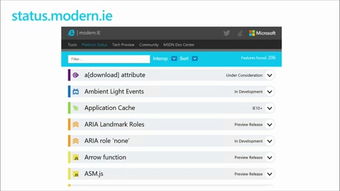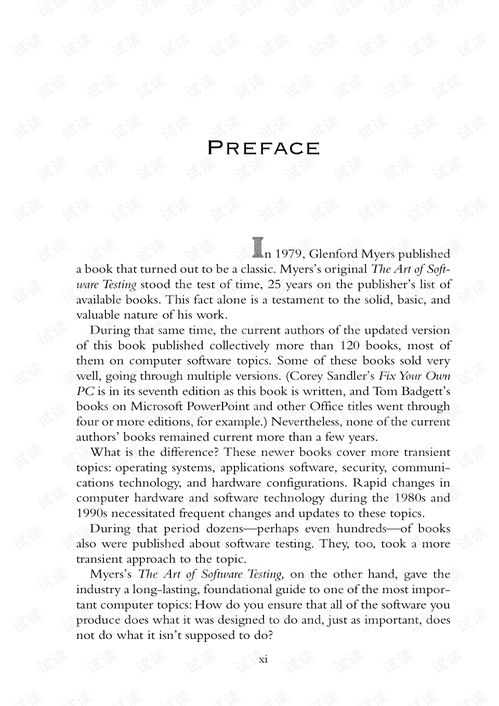Introduction to Writing Fishing Tips: A Step-by-Step Guide
Fishing, an ancient pastime that has stood the test of time, continues to captivate enthusiasts around the globe. Whether you're a seasoned angler or a beginner looking to cast your line into the unknown, sharing your fishing expertise through well-crafted tips can be both rewarding and informative. In this article, we'll delve into the art of writing fishing tips, offering you a step-by-step guide to crafting content that resonates with fellow anglers.
Start with a Compelling Introduction
Your introduction should hook your reader from the very beginning. Begin with a brief overview of the tip you're about to share, and why it's important. For instance:
"Are you tired of missing those elusive fish? Discover the secret to perfecting your cast with our expert tip on achieving a smooth, accurate delivery."
Define Your Target Audience
Consider who your audience is. Are they beginners looking for fundamental advice, or experienced anglers seeking advanced techniques? Tailoring your content to their level of expertise will ensure that your tips are both relevant and valuable.
For beginners, focus on the basics, such as choosing the right gear and understanding the fish you're targeting. For advanced anglers, delve into more complex strategies, like reading water currents or mastering specific fishing techniques.
Provide Clear and Concise Instructions
When writing your tip, be clear and concise. Avoid jargon and technical terms that might confuse your readers. Instead, use simple language and provide step-by-step instructions. For example:
"To improve your casting accuracy, follow these steps:
- Hold your rod with a relaxed grip.
- Swing the rod back with a smooth, controlled motion.
- Aim your rod tip at the target and release the line at the peak of your swing."
Include Visual Aids
Visual aids, such as diagrams or photos, can greatly enhance the clarity of your instructions. If you're explaining a complex technique, consider including a visual representation to help your readers visualize the process.
Offer Real-World Examples
To make your tips more relatable, include real-world examples of how the technique has worked for you or others. This not only adds credibility to your advice but also inspires confidence in your readers.
"For instance, when I first started fly fishing, I struggled with casting long distances. By practicing the 'overhand cast' technique, I was able to double my casting range and catch more fish in remote locations."
Highlight the Benefits
Emphasize the benefits of implementing your tip. Anglers are more likely to adopt a new technique if they understand how it will improve their fishing experience.
"By incorporating the 'trolling technique' into your bass fishing strategy, you'll be able to cover more water and increase your chances of hooking a trophy-sized fish."
Encourage Reader Engagement
End your tip with a call to action, encouraging readers to share their experiences or ask questions. This not only fosters a sense of community but also provides you with valuable feedback on the effectiveness of your tip.
"Have you tried this technique? Share your experiences and any tips you've picked up in the comments below. Let's all learn from each other's experiences!"

Conclusion
Writing fishing tips is a rewarding way to share your passion and expertise with others. By following these steps, you can craft informative, engaging content that will help your fellow anglers improve their skills and enjoy the sport even more. Remember to keep your tips clear, concise, and tailored to your audience, and you'll be well on your way to becoming a go-to source for fishing advice. Happy fishing!












